Writing Teaching Resources
Teaching writing strategies and the writing process this school year? Explore a comprehensive collection of teacher resources for elementary and middle school ELA teachers — all created by teachers!
Stocked with graphic organizers, writing prompts, templates, worksheets and so much more, this collection of printable and digital activities is designed to help you as you help your students become more effective communicators and unleash their creativity and imagination.
Save time on lesson planning with resources that have been through a careful review process by an expert member of our teacher team to ensure they're ready for your classroom and your students!
Are you looking for tips and tricks to add to your teacher toolkit this school year? Read on for a primer from our teacher team, including engaging activities for teaching writing in elementary and middle school and a look at some of the different writing strategies your students will need to learn.
11 Writing Strategies Kids Should Know by the End of Middle School
We can't talk about teaching kids to write without talking about the different writing strategies that can help them do just that!
When it comes to teaching our students to become confident writers who articulate their ideas effectively, here are some of the strategies our teacher team prioritizes:
1. Brainstorming
Brainstorming is something we often do in the classroom, and it's a crucial part of learning to generate the ideas that will drive students' writing as they progress through their educational journey. Kids should know how to create a list of potential topics or points related to a particular writing assignment.
With younger students, this is often done as a whole group by writing ideas and points on chart paper. In upper grades, students transition over to using text-based materials to generate ideas and talking points.
2. Outlining
Before diving directly into any assignment, our students should be able to create a structured framework or outline. Teaching students how to create this outline will help them organize their thoughts and arguments for penning their essays, reports and research papers.

3. Using Graphic Organizers
Technically graphic organizers are classroom tools, so you may not think of their use as a writing strategy per se. However, learning to use these tools is another means of providing kids with the tools they need to organize their ideas and information before they sit down to write.
These organizers are particularly useful for expository writing — students can use them to outline main ideas, supporting details, and transitions.
Students can also take advantage of story maps when they are working on narrative writing to plot the key elements of a story, such as characters, setting, conflict, rising action, climax and resolution.
Graphic organizers such as the OREO strategy and hamburger paragraph are also great tools for students to use when working with opinion and persuasive texts.
4. Freewriting
Writer's block is the enemy of creativity, and it can easily frustrate young students who don't know where to begin.
When students freewrite, they write continuously without worrying about grammar or punctuation. This writing strategy can be extremely freeing — hence the name! — and helps frustrated writers move past that writer's block, generating fresh ideas.

5. Peer Editing
Learning to review and provide constructive feedback on each other's work is a great writing strategy to employ in your classroom to help students improve their writing quality and enhance their editing skills.
The strategy allows your students to learn from one another, and it arms them with an important tool they can use well into the future — calling on peers to provide a critical eye to a piece of writing.
6. Using Sensory Language
Working on descriptive writing? With this writing strategy, students engage the reader's senses through vivid and sensory language to create a more immersive experience.
7. Including Transitions and Connectives
As students become more proficient in the writing process, learning to use transitional words and phrases allows them to create smooth transitions between sentences and paragraphs. This strategy makes their writing more coherent and polished.
8. Incorporating Evidence
In persuasive, opinion, and expository writing, students are taught to support their claims with evidence and examples to strengthen their arguments.
It takes some practice to train your students to use evidence in their writing, so it's often a good idea to start with something simple, like the R.A.C.E.S. strategy.
9. Crafting a Thesis Statement
In expository, opinion, and persuasive writing, crafting clear and concise thesis statements that summarize the main point or argument of their essay helps students be more focused and organized in their writing. This strategy can also have the effect of empowering students to express their ideas confidently and persuasively.
10. Incorporating Introductions and Conclusions
With this strategy, students practice crafting effective introductions and conclusions that grab the reader's attention and leave a lasting impression.
11. Following a Revision Checklist
Teaching your students to use a revision checklist is a strategy that will help them be more self-reflective, evaluating their own writing against the checklist criteria and becoming more aware of their strengths and weaknesses.

- Plus Plan
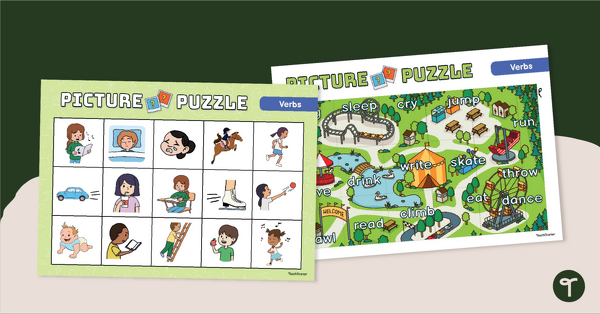
Action Verbs Picture Puzzle
Practice recognizing and using verbs with this 15 piece picture puzzle.
- Plus Plan
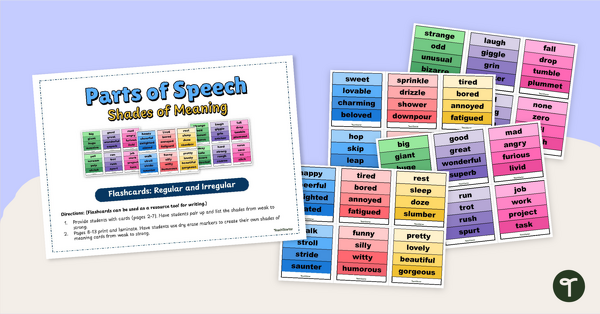
Shades of Meaning Verb Flashcards
Encourage your students to use different shades of meaning in their sentence writing with this set of shades of meaning verb flashcards.
- Plus Plan
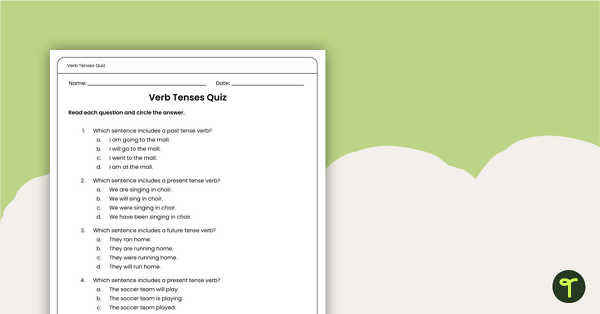
Verb Tenses Quiz Worksheet
Assess your students' knowledge of verb tenses with this 5-question quiz.
- Plus Plan
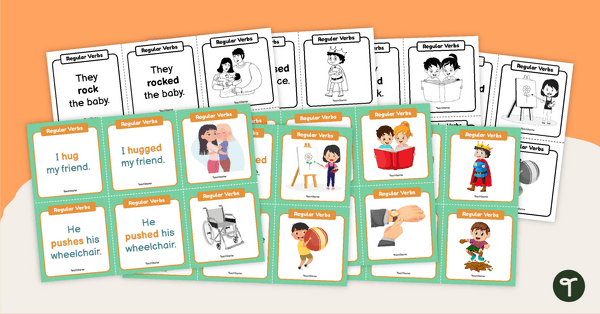
Present and Past Tense Regular Verbs Matchup Cards
Learn about simple present tense and simple past tense of regular verbs with this match up activity.
- Plus Plan
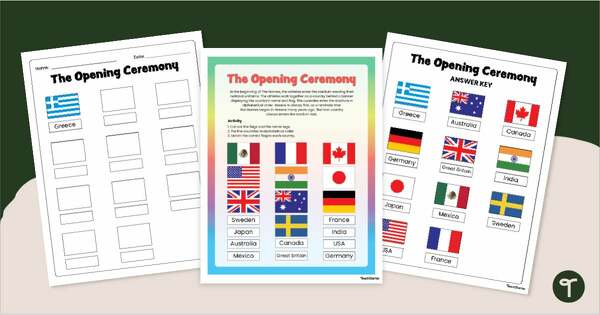
The Opening Ceremony - ABC Order Sequencing Activity
A sequencing activity using the names and flags of countries from the Olympics.
- Plus Plan
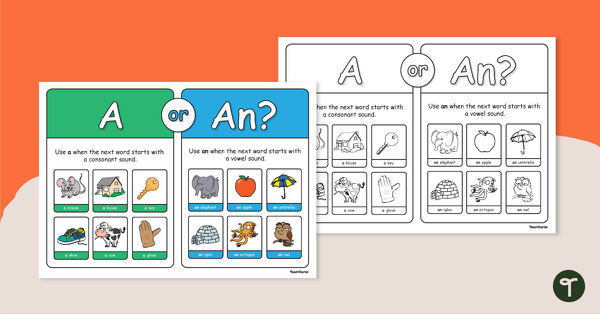
A or An? Poster
Use this articles anchor chart to teach your students which article to use and when!
- Plus Plan
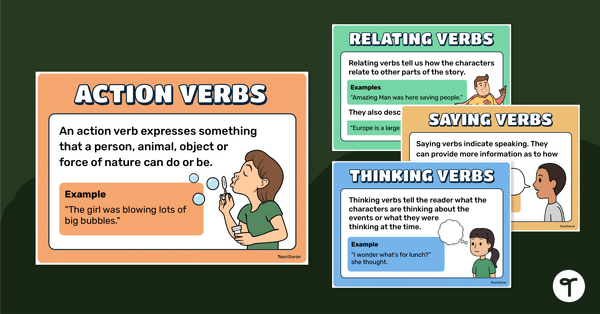
Types of Verbs Poster Set
Explore the different types of verbs with this set of verb posters displaying the definition and examples of action, saying, thinking and relating verbs.
- Plus Plan
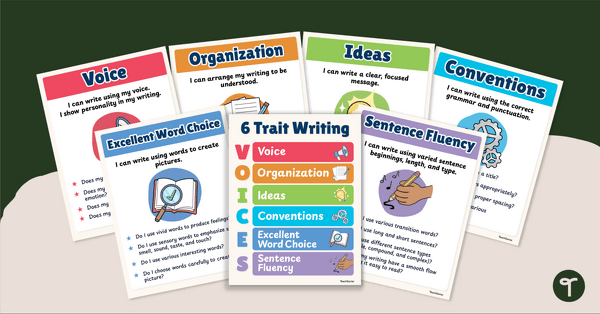
V.O.I.C.E.S. - 6 Traits of Writing Poster Pack
Improve student writing using our V.O.I.C.E.S. 6 Traits of Writing Poster Pack!
- Plus Plan
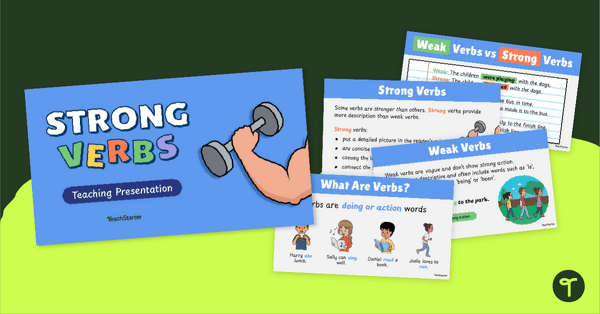
Strong Verbs Teaching Slides
Discover how to use strong verbs in sentences with this set of teaching slides.
- Plus Plan
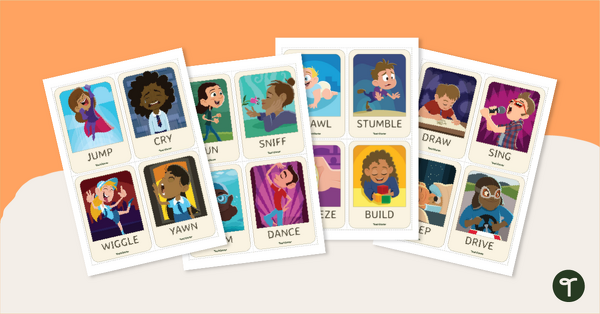
Verb Charades Active Game
Practice action verbs with this fun active charades game!
- Plus Plan
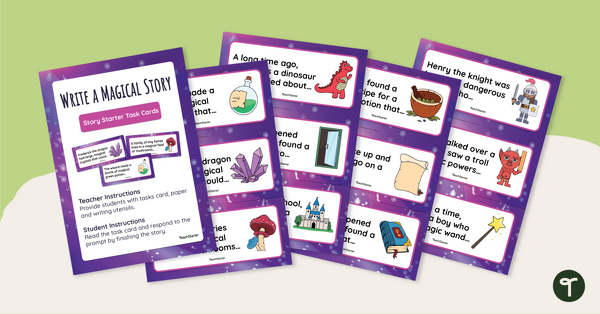
Magical Story Starters Task Cards
Get your students writing magical stories with this set of story starter task cards.
- Plus Plan
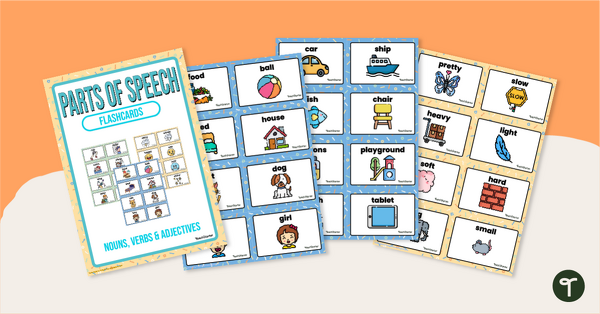
Nouns, Verbs, and Adjectives Flashcards
Create a variety of grammar activities with printable noun, verb and adjective flashcards.
- Plus Plan
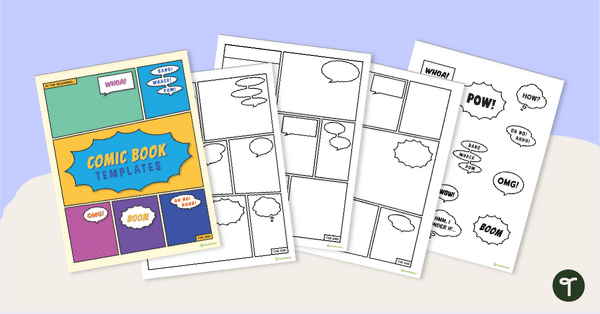
Comic Strip Templates
Download a comic strip template pack to inspire creative writing in your classroom!
- Plus Plan

Changing Indirect Speech to Direct Speech Worksheet
Practice converting indirect speech to direct speech with differentiated editing worksheets.
- Plus Plan

Changing Direct Speech to Indirect Speech Worksheet
Convert direct speech to indirect speech with differentiated quotation mark worksheets.
- Plus Plan
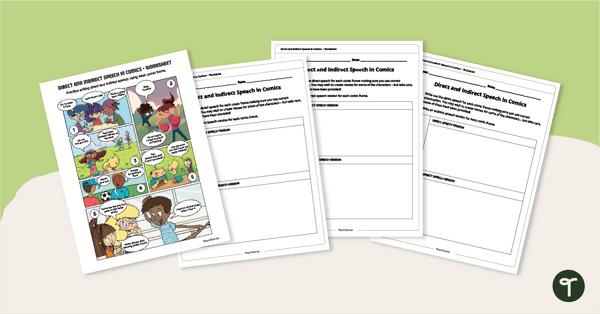
Direct and Indirect Speech in Comics – Worksheet
Practice writing direct and indirect speech using a set of printable Direct Speech Comic Book worksheets.
- Plus Plan
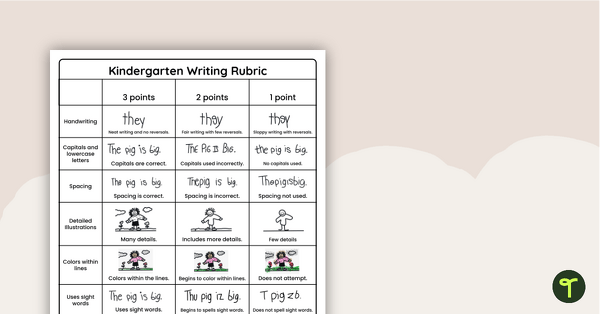
Kindergarten Visual Writing Rubric
Help your little learners perfect their writing with a kindergarten visual writing rubric.
- Plus Plan
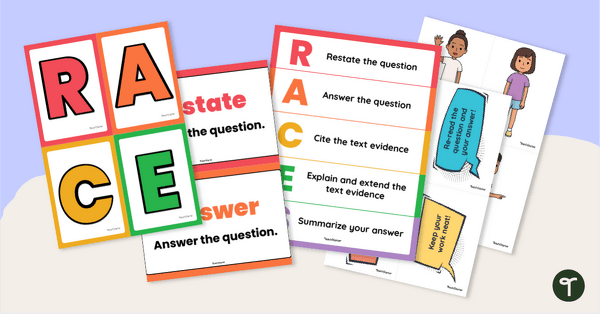
R.A.C.E.S. Writing Strategy Bulletin Board Display
Help your students write quality constructed responses by displaying your printable R.A.C.E.S. Writing Strategy bulletin board display.
- Plus Plan
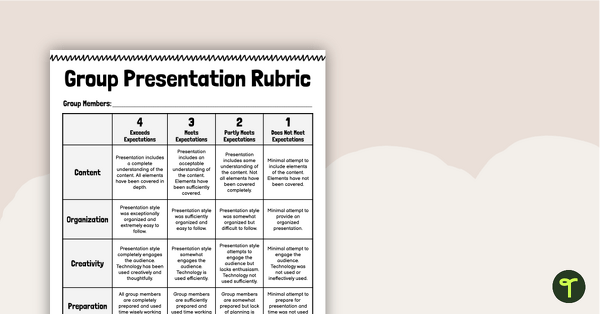
Group Presentation Rubric
Make assigning grades for group presentations a breeze with a printable Group Presentation Rubric.
- Plus Plan
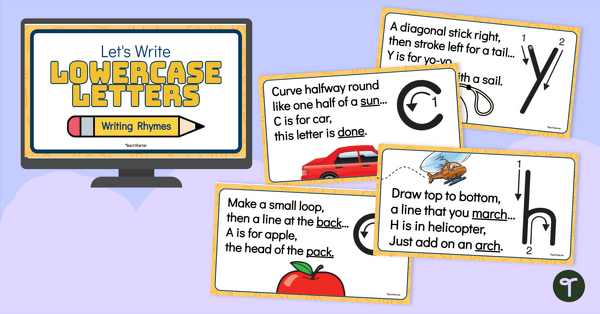
Alphabet Writing Rhymes - Teaching Slides
Use these fun alphabet writing rhymes to help students learn to write the letters of the alphabet.
- Plus Plan

Constructed Response Rubrics - RACE & RACES Writing
Make scoring constructed response writings easy with printable constructed response rubrics.
- Plus Plan

Contractions Spin and Write Worksheet
Spin and write contractions using this fun and engaging contraction worksheet.
- Plus Plan
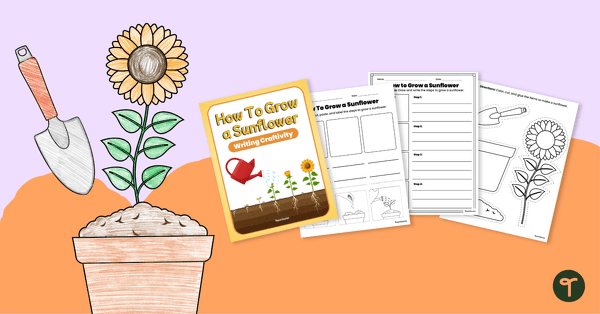
How to Grow A Sunflower – Procedural Writing Craftivity
Use this printable sunflower craft template to teach your students all they need to know about procedural writing!
- Plus Plan
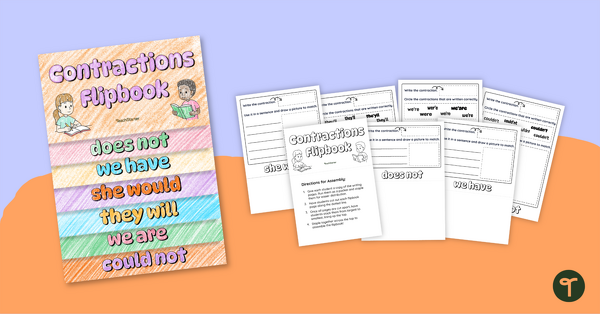
Contractions Flipbook
Explore different contractions with this contractions flipbook template.
- Plus Plan
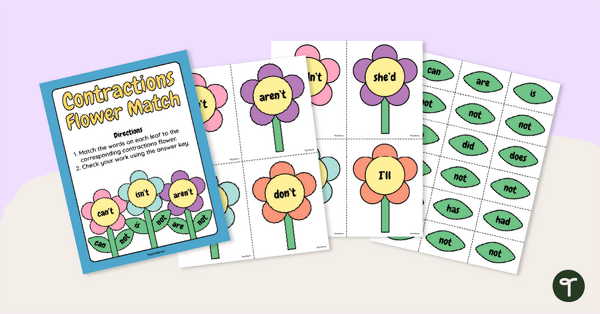
Contractions Flower Match Activity
Practice matching the correct words with their contraction with this cute flower match activity.
- Plus Plan
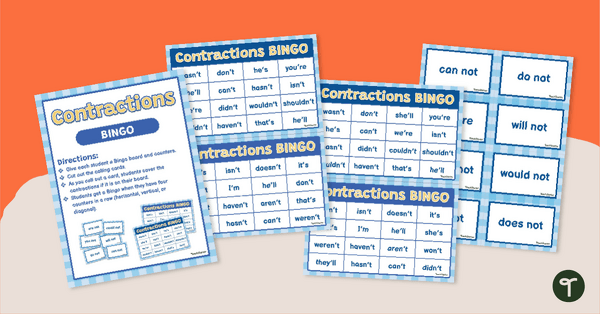
Contractions Bingo Game
Build vocabulary and have fun with contraction word games!
- Plus Plan
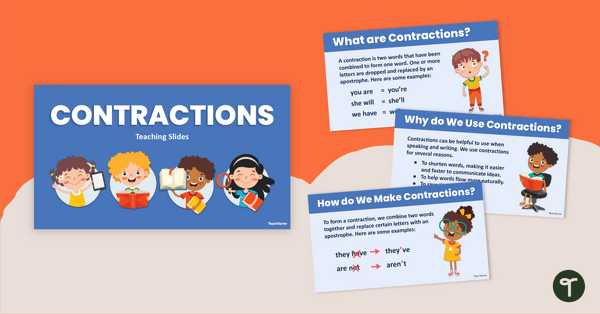
Introduction to Contractions Teaching Slides
Teach students about contractions with this engaging set of teaching slides.
- Plus Plan
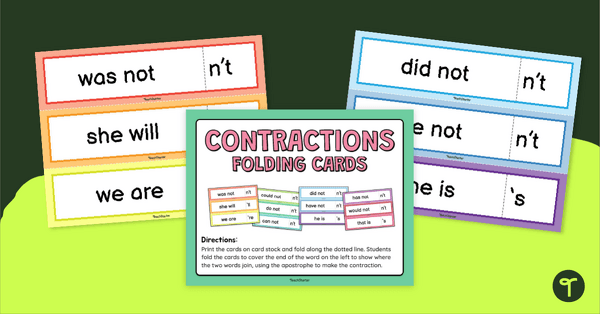
Contractions Folding Cards
Practice making contractions using this set of foldable contraction cards.
- Plus Plan
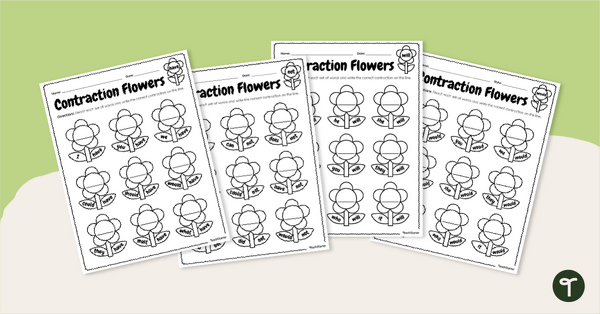
Contraction Flowers Worksheets
Work on contraction knowledge with this set of flower-themed contraction worksheets.
- Plus Plan
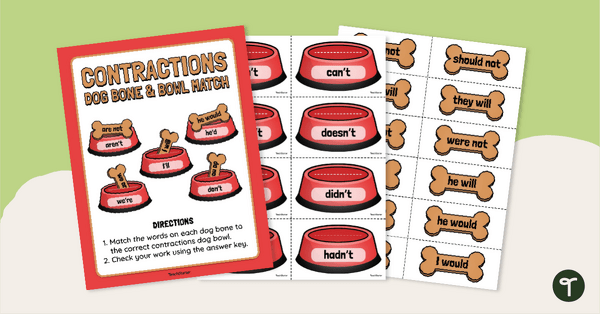
Contractions Matching Activity - Dog Bone and Bowl
Practice matching words with their contraction with this fun bone and bowl matching activity.
- Plus Plan
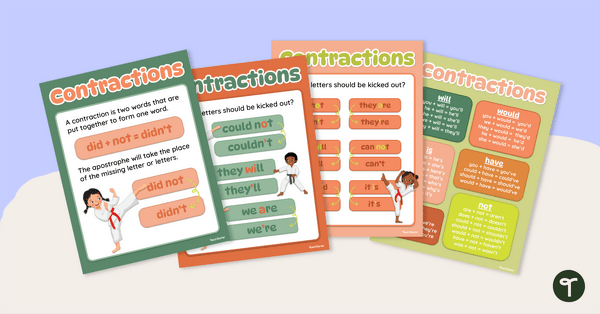
Contractions Anchor Chart Pack
Display these contraction posters in the classroom to help students remember the different contractions.
- Plus Plan
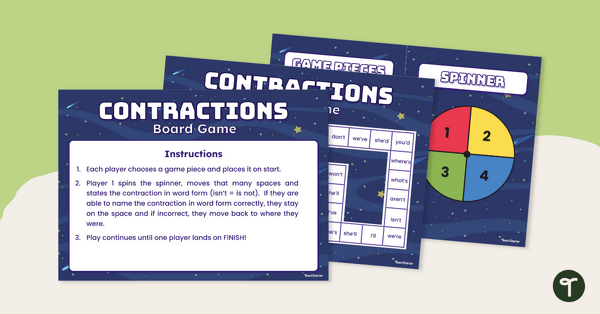
Contractions Board Game
Encourage growth in spelling and writing conventions with a board game to practice making contractions using apostrophes.